What’s Up?
I had a decent morning on Saturday. The stars of the show were a single Black-bellied Whistling Duck and an adult Sandhill Crane south of the pier, both with still blue water backgrounds. I walked the pier with the 400-800 and made a single nice flight image of a backlit young Green Heron backlit, a first for me. If you would like to join me in Jacksonville for part of the Now-Practically-Free Royal Terns and More Extended IPT (arriving in one week on 29 June) please get in touch immediately (for the amazing details) via e-mail or shoot me a text t0 863-221-2372.
Today is Sunday 22 June 2025. I will of course be heading out early to check out the lakefront. Whatever you do, consider choosing to have fun.
If an item — a Delkin flash card, or a Levered-clamp FlexShooter Pro head — for example, that is available from B&H and/or Bedfords, is also available in the BAA Online Store, it would be great, and greatly appreciated, if you would opt to purchase from us. We will match any price. Please remember also to use my B&H affiliate links or to earn 3% cash back at Bedfords by using the BIRDSASART discount code at checkout for your major gear purchases. Doing either often earns you free guides and/or discounts. And always earns my great appreciation.
In the Last Blog Post
In the last blog post here, thanks to Shelley Taylor, J Marr Miller, and Patricia Fishburne, the only three folks who commented on the images. Shelley and J Marr like Image #2 while Pat went for Image #3. I originally like Image #2 best because I did not clip the wings of the interloper bird. But, while optimizing the two images #3 became my top pick because none of three birds was blocked from our view and I like the separation between bill of the attacking and the bill of the defending bird.
Supporting My Efforts Here
If you enjoy and learn from the blog, are all set for gear, or live overseas, consider leaving a BAA Blog Thank You Gift here.
If you enjoy and learn from the blog, please consider using one of my affiliate links when purchasing new gear. It will never cost you a single penny. To support my effort here, please order from B&H by beginning your search here. Or, click here, to order from Bedfords and enter the discount code BIRDSASART at checkout to receive 3% cash back to your credit card and enjoy free Second-Day Air Fed-Ex shipping. It is always best to write for advice via e-mail.
In many cases, I can help you save some serious dollars. And/or prevent you from purchasing the wrong gear from the wrong shop.
If an item — a Delkin flash card, a Levered-clamp FlexShooter Pro, or a Wimberley lens plate — for example, that is available from B&H and/or Bedfords, is also available in the BAA Online Store, it would be great, and greatly appreciated, if you would opt to purchase from us. We will match any price. Please remember also to use my B&H affiliate links or to earn 3% cash back at Bedfords by using the BIRDSASART discount code at checkout for your major gear purchases. Doing either often earns you free guides and/or discounts. And always earns my great appreciation.
Employment Opportunity
Seeking experienced nature photographer for photo editing …
Multiple IPT veteran and friend of 3+ decades Robert (Bear Bob) Sabin is looking to hire someone to download, edit, organize, and optimize thousands of his images. Nassau County, Long Island, NY. Hourly wages — terms negotiable. If you are interested, please contact me via e-mail or via text to 863-221-2372 and I will put you in touch with Bob.
|
|
|
This image was created on 11 June 2025 at Sunken Meadow State Park, New York. Seated on the pebble beach, I used the handheld Sony FE 400-800mm f/6.3-8 G OSS lens (Sony E) (at 594mm) and The Latest Greatest Sony Flagship Body, the a1 II Mirrorless Camera. The exposure was determined by Zebras with ISO on the rear wheel — ISO 1250: 1/4000 second at f/8 (wide open) in Manual mode. RawDigger showed that the exposure was dead-solid perfect. AWB at 5:50:26pm on a sunny afternoon. Wide/AF-C with Bird-Eye/Face Detection performed perfectly. Click on the image to enjoy the larger, inexplicably sharper high-res version. Image #1: Least Tern with Sandeel |
First Analysis
Thanks again to old friend Tom Pfeiffer for letting us know about the Least Tern colony at Sunken Meadow State Park. The long, rectangular shaped colony runs east west and it was a bright, sunny afternoon with a breeze from the west; we quickly realized that getting on sun angle to photograph birds (and possibly chicks) on the ground in the colony would be impossible. You would need a cloudy day for that. There were groups of terns on the gravel beach so we decided to sit on the beach and see if any birds landed close to us. None did, so still seated, we tried for flight.
|
|
|
This image was also created on 11 June 2025 at Sunken Meadow State Park, New York. Standing at full height, I used the handheld Sony FE 400-800mm f/6.3-8 G OSS lens (Sony E) (at 594mm) and The Latest Greatest Sony Flagship Body, the a1 II Mirrorless Camera. The exposure was determined by Zebras with ISO on the rear wheel — ISO 1600: 1/4000 second at f/8 (wide open) in Manual mode. RawDigger showed that the exposure was dead-solid perfect. AWB at 6:19:28pm on a sunny afternoon. Wide/AF-C with Bird-Eye/Face Detection performed perfectly. Click on the image to enjoy the larger, inexplicably sharper high-res version. Image #2: Least Tern flat incoming flight |
Sit or Stand?
In a recent blog post I wrote that when photographing terns and gull flying in to land on a beach or sand spit with others, the sitting — even in the water if necessary, was best to move the background farther from the incoming birds. So we sat. But we realized that for fishing terns and fly-bys, we would be better off standing. So we stood and did much better.
|
|
|
This image was created on 11 June 2025 at Sunken Meadow State Park, New York by Anke Frohlich. Standing at full height she used the handheld Sony FE 300mm f/2.8 GM OSS Lens (Sony E) with the Sony FE 2x Teleconverter and The Latest Greatest Sony Flagship Body, the a1 II Mirrorless Camera. ISO 1250. Exposure determined via Zebras with ISO on the Thumb Wheel; 1/5000 sec. at f/5.6 (wide open) in Manual mode. RawDigger showed that the exposure was perfect: AWB at 6:25:28pm on a sunny afternoon. Tracking Zone/AF-C with Bird Eye/Face Detection enabled performed perfectly. Image #3: Least Tern with Sandeel |
Fishing Terns Flight Tip
Adapted from the soon-to-be published “The Complete and Quintessential Guide to Photographing Birds in Flight by Arash Hazeghi, PH.D, and yours truly, Arthur Morris, BIRDS AS ART:
Photographing terns emerging from the water after a dive is another example of how pre-focusing can help you create some dynamic images. Terns often hover above the water scanning for fish. When they spot a meal, they dive and may submerge almost fully. After the dive, the terns fly out of the water and often shake violently shedding droplets of water from their feathers. It is very difficult to follow the terns by panning vertically down with a large lens as they dive; it is a lot easier to get them coming out of the water than it is to get them diving into it.
To capture images like those here today, follow these steps:
Wait until the dive. Do not aim your long lens at a tern that is hovering far above the water at a steep shooting angle. Rest until the tern dives. As soon it dives, look for the splash to locate the point of impact. Then immediately aim your lens at the splash and focus on it. The tern will first submerge and then emerge from the water in 1-2 seconds or less after the splash and fly out. Pan with the tern as you shoot a burst. Keep shooting until you see the tern roll and shake itself in flight.
|
|
|
This image was also created on 11 June 2025 at Sunken Meadow State Park, New York by Anke Frohlich. Standing at full height she used the handheld Sony FE 300mm f/2.8 GM OSS Lens (Sony E) with the Sony FE 2x Teleconverter and The Latest Greatest Sony Flagship Body, the a1 II Mirrorless Camera. ISO 1250. Exposure determined via Zebras with ISO on the Thumb Wheel; 1/5000 sec. at f/5.6 (wide open) in Manual mode. RawDigger showed that the exposure was perfect: AWB at 6:25:29pm on a sunny afternoon. Tracking Zone/AF-C with Bird Eye/Face Detection enabled performed perfectly. Image #4: Least Tern chasing dropped Sandeel |
Your Call?
Which of today’s four featured images is the strongest? Why did you make your choice? For me, one of the four is clearly best. I will share my thoughts with you here in the next blog post.
Typos
With all blog posts, feel free to e-mail or to leave a comment regarding any typos or errors.

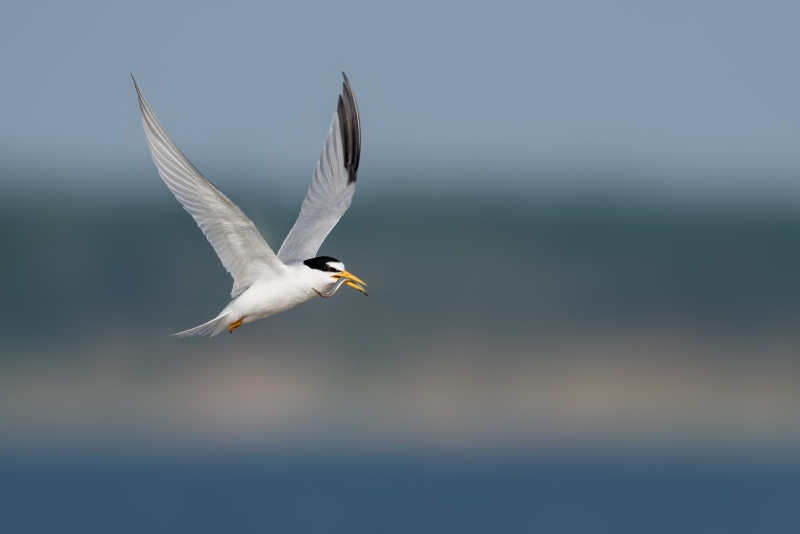
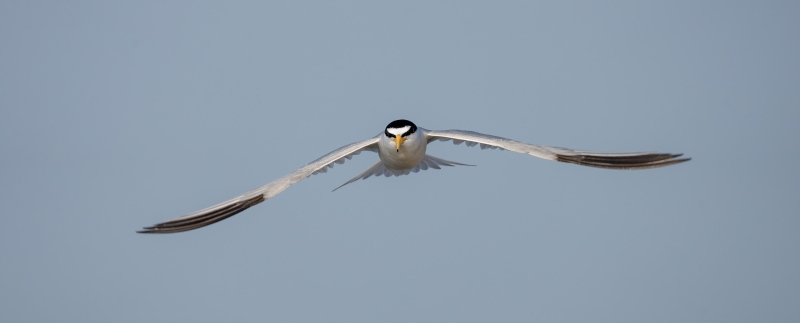
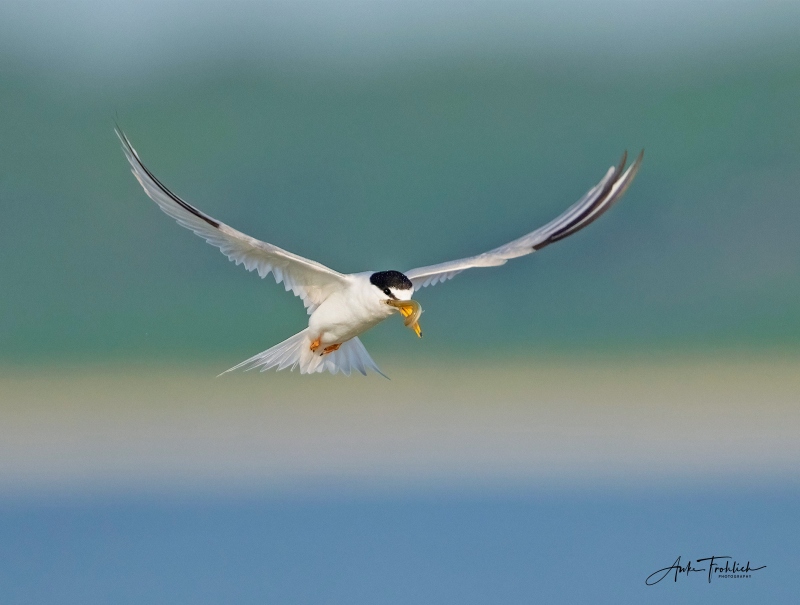
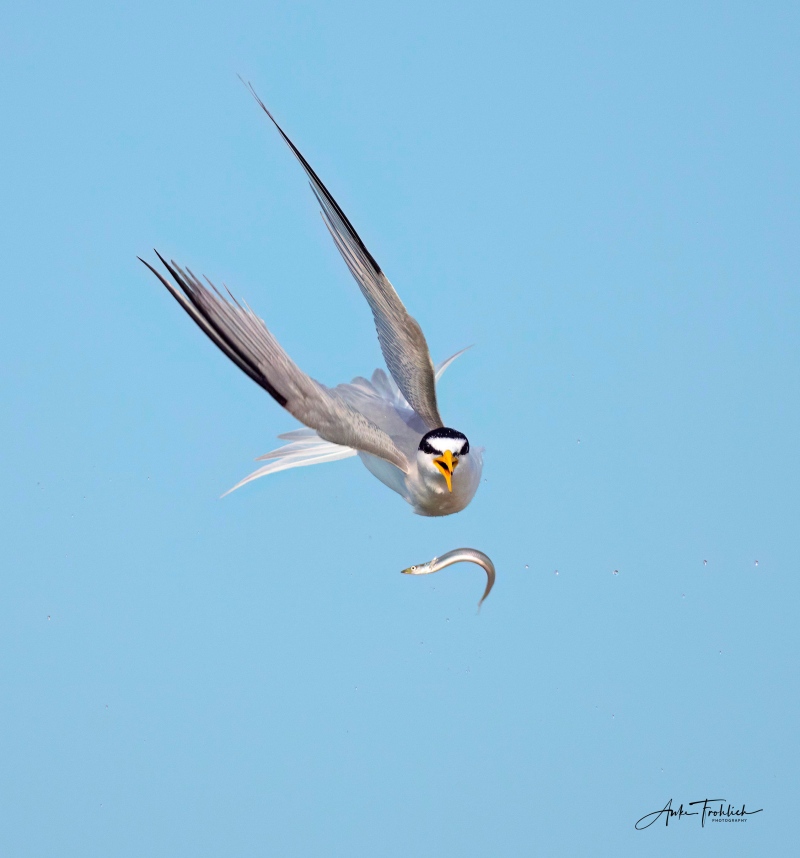









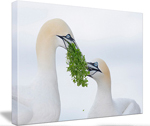
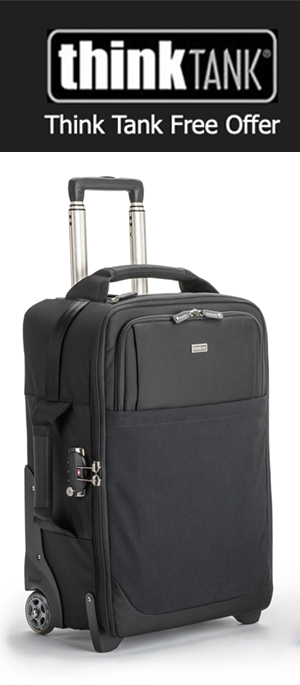


I vote for Image #3 because of the beautiful background.
Thanks for commenting Alan.
with love, artie
Artie
Anke gets 2 for me, like a 2 fer 🙂
I love the action in #4 as that image even though the Tern is a itsy bitsy soft as in not as sharp as I betcha the focus grabbed the sandeel eye 🙂
Than #3 with the Tern just in the sweet spot above the light sand background.
Oh okay Artie I’ll give ya and atta boy 🙂 on #1 and #2 however Anke has a couple nice keepers 🙂 🙂
Always with love b
Thank you East Bobman. Your comments always make me smile. I should have mentioned in the post that Least Terns are small, fast, very erratic flyers.
love you man, a
Expected to choose Image 4, but after clicking for the higher resolution JPEG, focus seems to be on the sandeel rather than the tern. Image 3 has both bird and prey sharp and beautifully lit, with wonderful bands of warm color in the background, so for me, it’s the strongest.
Thanks as always Cliff. I have not seen the raw file for Image #4. I agree on the amazing bands of color for #3.
with love, artie
I find 3/4 images particularly well executed and compelling. 1 and 3 largely because of the background colors. Agree that #4 provides the most tension and action. Number 2 is largely forgettable in my opinion.
Thanks, Adam.
Again, I should have mentioned in the post that — as you know, Least Terns are small, fast, very erratic flyers. Thus, Image #2, is not chopped liver; I like it because I like flat flight coming right at you (especially with lots of pixels on the bird). #2 was a very small crop.
a
I love the beautiful backgrounds on #1 and #3, but #4, of the tern chasing the sandeel is beyond amazing! Congratulations Anke!
Thanks, Pat. I agree 🙂
a
Image 4, indisputably! Amazing capture.
Thank you kindly.
a
I love all the images, but #4 stands out to me with the sandeel falling and the implied action.
Thanks, Steve. I agree that #4 is quite special.
I should have mentioned that I fanned on that bird because I did not listen to my own advice and focus on the splash first … In addition, I failed to zoom out a bit. Oh well.
with love, artie